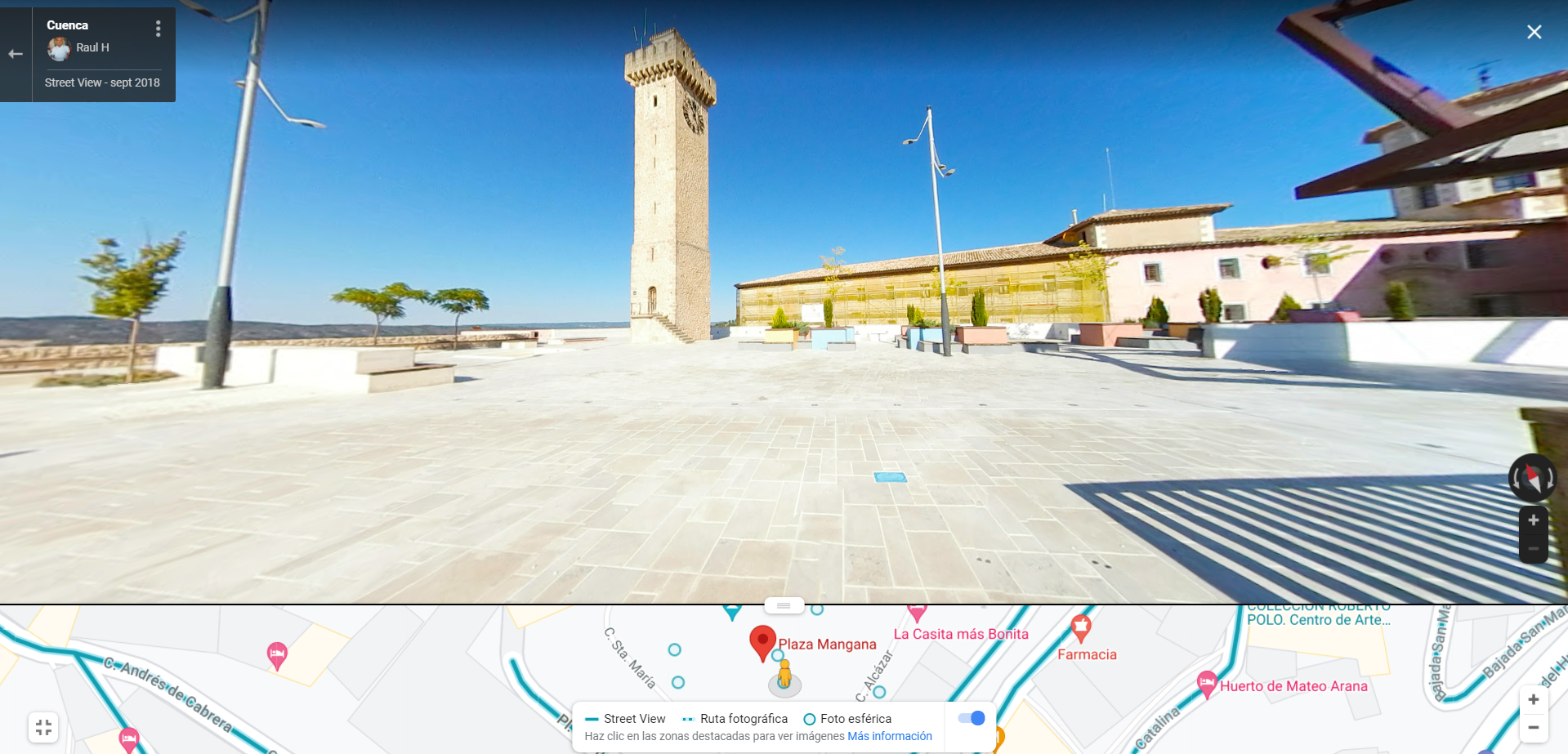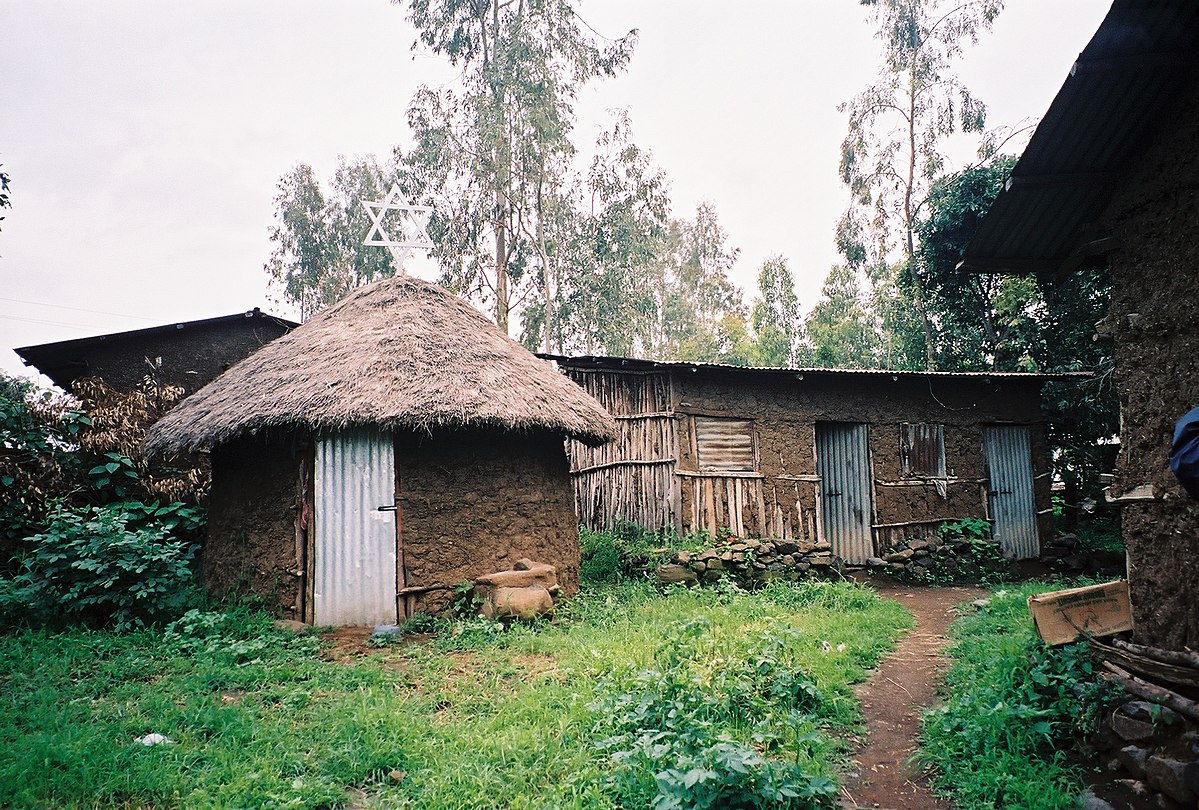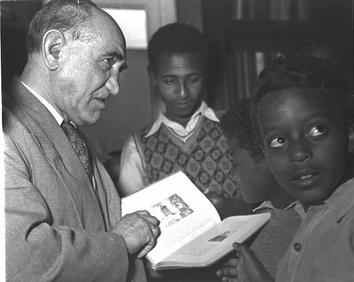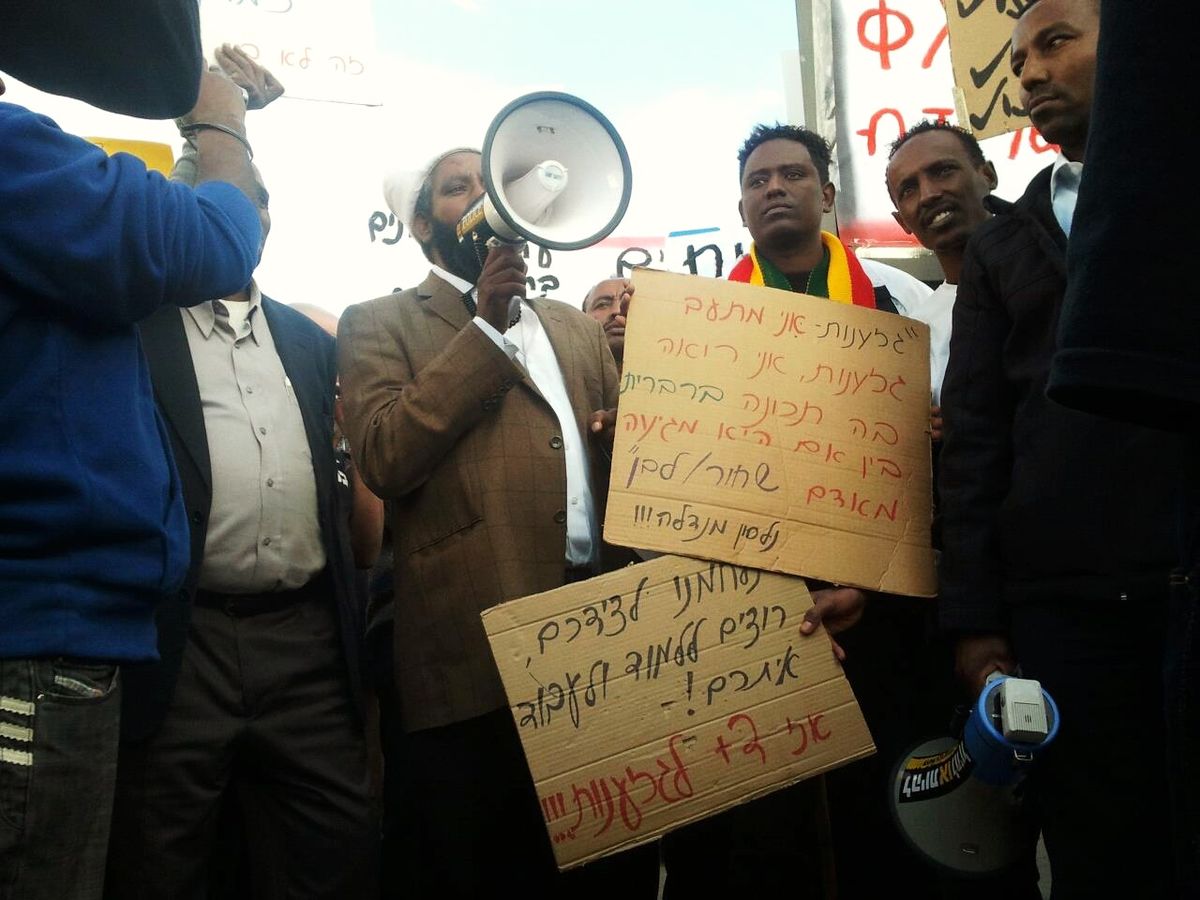November 5th, 2021, Shabbat is almost here!
And today we will listen to some religious music from the Ethiopian Jewish tradition
 Hello, how are you? I hope well. The last week I was in Porto, Portugal, and the picture here on the left is me in front of the synagogue. I loved to see how big it is and how visible. It is in a wide avenue, specifically, here.
Hello, how are you? I hope well. The last week I was in Porto, Portugal, and the picture here on the left is me in front of the synagogue. I loved to see how big it is and how visible. It is in a wide avenue, specifically, here.
But today, when this email is being sent, I am in Cuenca, in Spain, for a meeting with some German tour operators, together with my friend and colleague Pablo Camino, from Spain is Music. We have developed a touristic tour together, that you can find here. Cuenca has its own story of the Jews and the location of the Jewish quarter is known. Specifically, here.

? Do you like Music Before Shabbat?
Then, please, spread the word.
| Share this with a friend, right from here |
About the Jews from Ethiopia
How did the Ethiopian Jews get their Jewish identity? There is not an answer for this question, but there are some hypothesis. According to this video from Casual Historian, there are three main stories:
- A portion of the Israelite tribe of Dan broke out during the Exodus and travelled to the North West of Ethiopia, where they were isolated until the arrival of the Christianity.
- Their story comes from King Salomon and the Queen of Sheeva. She got pregnant from Solomon and her child founded the Solomonic dinasty in Ethiopia.
- After the Assirian and Babilonic conquest of Israelian Judea, which is the origin of the lost tribes myth. One of these tribes, the Dan, would have reach Ethiopia and settled there.
Synagogue? in Wolleka, near Gondar, Ethiopia. By user Baronnet in Wikimedia.

And according to Cultural Survival:
“Jews have lived in Ethiopia for over 2000 years. According to Ethiopian tradition, one-half of the population was Jewish before Christianity was proclaimed the official religion in the 4th century. The Jews maintained their independence for over 1000 years in spite of continuous massacres, religious persecution, enslavement, and forced conversions. With the help of modern Portuguese weapons, the Amhara finally conquered the Jews in 1616, enslaving, converting, and killing them. Known as “Falashas” – a derogatory name meaning “stranger” or “exile” – Ethiopian Jews could no longer own land or be educated. Today Jews number only 25,000, less than 1 % of the population. Eighty-five percent live in Gondar Province, in the Semien Mountains near Lake Tana; the rest live in Tigre and Wollo Provinces.”
This website of Cultural Survival explains the history of the Ethiopian Jews in a very easy and clear way, I really reccomend you to check it. You’ll learn also some of their practice of the religion, that is pre-Rabbinic and they don’t have the Talmud neither the post-Biblical Jewish holidays.
The Jewish Virtual Library offers a comprehensive and easy to read timeline of the History of the Ethiopian Jews.
The Operation Moses
As read in the Jewish Virtual Library:
- In 1769 the Scottish explorer James Bruce awakens the western world to the existence of the Ethiopian Jews in his travels to discover the source of the Nile. He estimates the Jewish population at 100,000.
- In 1867 Professor Joseph Halevy is the first European Jew to visit the Beta Israel, subsequently becoming an advocate for the community.
- In 1904, Halevy’s student Jacques Faitlovitch (in the picture, that is of public domain, available here) makes his first trip to Ethiopia to visit the Beta Israel. He commits his life on their behalf and actively tries to reconnect the community with the rest of world Jewry.
- In 1908 Rabbis of 44 countries proclaim Ethiopian Jews to be authentic Jews.
According to El País, in January 4th of 1985, the Israeli newspaper Yédiot Aaronot informed about the operation that was been developed, called Operation Moses, to take thousand of Ethiopian Jews to Israel. For the last 10 years, since the reach of the power by the marxist Mengistu Haile Marian, the country didn’t have diplomatic relationship with Israel. This operation, also know as “magic carpet 2” was a secret for some years, until Yehuda Dominitz, director of inmigration, unveiled it to the media.
The operation was sponsored by the Jews Community of the USA. 12 thousand Ethiopian Jews were translated by plane from Sudan.
“Thousands of Ethiopian Jews embarked on an arduous journey by foot through the deserts of Ethiopia and Sudan, braving starvation, dehydration, and attacks by brutal militias, with the hope of reaching Sudanese refugee camps where they would meet Israeli officials and be airlifted to Israel. More than 4,000 Ethiopians died along the way from malnutrition and disease and in the Sudanese refugee camps where conditions were poor and rapidly deteriorating.
Those who survived the difficult journey and made it to Sudan were airlifted to Israel in a complex and clandestine operation that was the result of close cooperation between the Israel Defense Forces, the Central Intelligence Agency, the United States Embassy in Khartoum, and Sudanese State officials.” Ministry of Foreign Affairs.
The Ethiopian Jews today, in Israel
“Ethiopian Jews have been in Israel for more than three decades, yet the vast majority continue to live in Israel’s social periphery. Ethiopian Israelis are perceived as a “unique” group and are often treated as such by the government and NGOs. Even with the special treatment, their social standing has changed little over the years. Moreover, socio-economic gaps between Ethiopian Israelis and the general population persist, despite the major resources invested. […] More than 135,000 Israelis of Ethiopian origin live in Israel. About 85,900 were born in Ethiopia while 49,600 were born in Israel.” Jewish Virtual Library
? Protest in Kiryat-Malachi, Israel, against the discrimination of Ethiopians. By user Matanya in Wikimedia.

The Ethiopian Jews today, in Ethiopia
The situation isn’t better at all. There is a civil war in Ethiopia. Nowadays there are 10,000 Ethiopian Jews waiting in the refugee camps in Addis Ababa and Gondar to migrate to Israel.
“The Jews of Ethiopia organization calling for the Aliyah of Ethiopia’s remaining Jews appealed to the government on Wednesday to bring them to Israel urgently as they are in immediate danger due to the deteriorating political and humanitarian situation in the country”. The Jerusalem Post, last Wednesday.
“In recent days there has been a further deterioration in the fighting in Ethiopia. The rebels from Tigray managed to win several battles with Ethiopian army forces and even declared that they were preparing for an assault on the capital Addis Ababa. The security situation in the country is extremely shaky and the US and other countries in the West have begun to evacuate their citizens from Ethiopia.” Walla, last Wednesday.
About the piece
The piece is included in the triple album “The Liturgy of Beta Israel: Music of the Ethiopian Jewish Prayer“, produced by the Jewish Music Research Center. On the website, they mention that this is:
“A prayer performed in the very early morning of Ber’hān Sarāqa (Rosh Hashana), before sunrise. The text binds the creation of Heavens, Earth, and Water to the Forefathers, for whom they have been created. A clear link is established between Ber’hān Sarāqa, the world’s creation and the Forefathers. The qualities of the latter are said to benefit their offspring. Such an extension of the meaning of the Biblical text brings the Beta Israel closer to rabbinical Judaism.”
The album is the product of the aim of documenting the Ethiopian liturgy after the Operation Moses, as it would disappear because the priests were being “educated” to learn the Halacha (the Orthodox religious law). So:
“Under the initiative of Prof. Simha Arom; the joint research efforts of Prof. Frank Alvarez-Pereyre (France), Dr. Shoshana Ben-Dor (Israel), Dr. Olivier Tourny; and with the cooperation of various French and Israeli research institutes, a project of systematic recordings of the Qessoch – which started at Machon Meir in the 1980s – turned into an ambitious research which provides a comprehensive understanding of the Beta Israel liturgy, as it was performed in Ethiopia until the mid-1980s.”
It’s time to enjoy the music:
| Share this with a friend, right from here |
